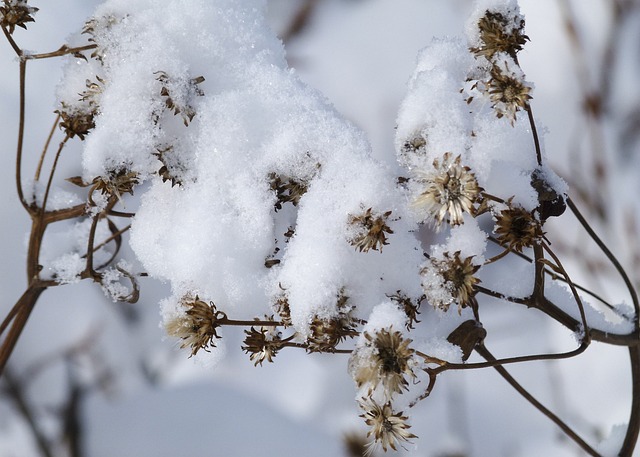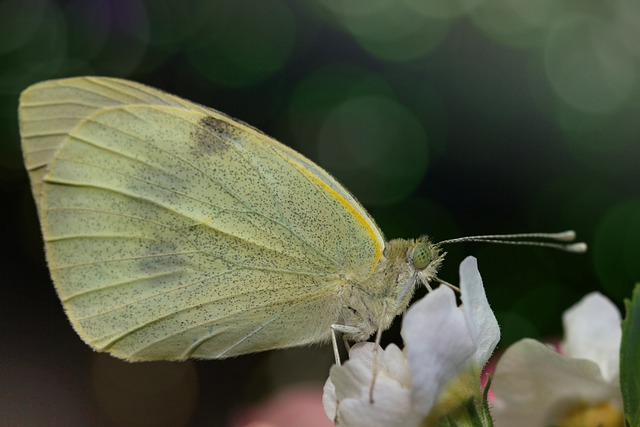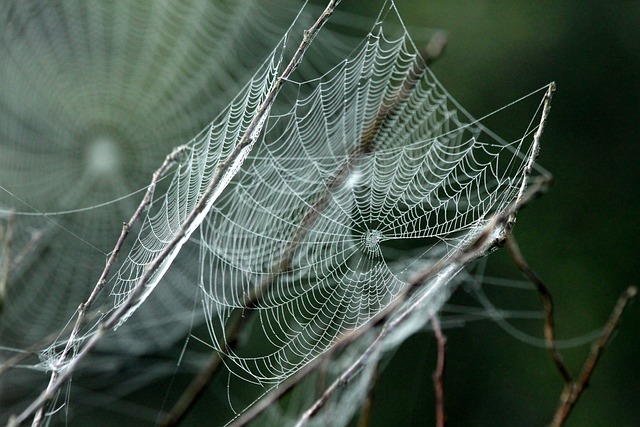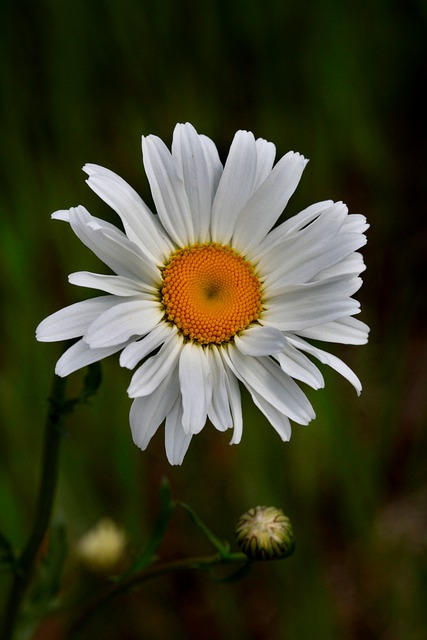bicho do pé 💰 Bicho do Pé: A Hidden Threat Beneath Our Feet

Bicho do Pé: A Hidden Threat Beneath Our Feet
In the delicate tapestry of Brazilian life, there exists a silent adversary, often overlooked yet profoundly impactful: the bicho do pé. This minuscule foe, a parasitic larva known scientifically as Tunga penetrans, weaves itself into the very fabric of our daily existence, particularly in regions where the simplicity of rural living intersects with the complexity of human health. The bicho do pé, or "foot bug," as it is colloquially known, transcends mere nuisance; it embodies a convergence of cultural, environmental, and health narratives that demand our attention.bicho do pé
The bicho do pé is a parasitic flea, primarily affecting the feet, and its lifecycle is intertwined with the soil, making it a common adversary in rural communities, where barefoot wandering remains a norm. The larva burrows into the skin, often causing intense discomfort and, in severe cases, leading to infections that can escalate into debilitating conditions. This seemingly innocuous creature serves as a poignant reminder of the intersection between nature and humanity, where the simplest actions—walking barefoot through one's own land—can lead to unforeseen consequences.bicho do pé
As we peel back the layers of this insidious pest, we uncover a broader narrative that speaks to the heart of public health in Brazil. The infestation of bicho do pé is not merely a tale of individual suffering, but rather a reflection of socio-economic disparities that plague our society. Those most affected are often the marginalized: rural laborers, children, and families living in precarious conditions. The inability to access healthcare, compounded by a lack of awareness about preventive measures, allows the bicho do pé to thrive unchecked.
In communities where poverty reigns, the bicho do pé becomes a symbol of neglect—a reminder of the pressing need for comprehensive health education and accessible medical care. The cycle of infestation and infection perpetuates a cycle of poverty; as individuals suffer from the physical and psychological toll of their affliction, their capacity to work and provide for their families diminishes. In this context, the bicho do pé is not merely a pest but a barrier to social mobility and economic growth.bicho do pé
Moreover, the cultural dimensions of this parasite cannot be ignored. The bicho do pé has woven itself into local folklore and traditional healing practices. Elders may recount tales of its origins, attributing its presence to factors ranging from environmental changes to spiritual missteps. These narratives, while steeped in cultural significance, can sometimes hinder the acceptance of modern medical solutions. Bridging the gap between traditional beliefs and contemporary healthcare practices is vital for effective prevention and treatment strategies.bicho do pé
Education emerges as a powerful tool in the fight against the bicho do pé. Raising awareness about the risks associated with barefoot walking in high-risk areas, coupled with the promotion of foot hygiene, can significantly reduce the incidence of infestations. Schools, community centers, and health clinics can serve as platforms for disseminating knowledge, empowering individuals to safeguard their health and wellbeing. bicho do pé

Additionally, innovative approaches to public health can pave the way for a brighter future. Collaborations between governmental bodies, non-profit organizations, and local communities can create a robust framework for tackling the bicho do pé epidemic. Mobile health clinics, outreach programs, and partnerships with local leaders can enhance the reach of health services, ensuring that no one is left vulnerable to this lurking threat.
The bicho do pé serves as a microcosm of the larger challenges faced by many communities in Brazil. It reminds us that health is not merely the absence of disease but a state of complete physical, mental, and social wellbeing. As we confront this hidden threat beneath our feet, we must also confront the underlying issues that allow it to flourish. This requires a concerted effort to address social inequalities, improve healthcare access, and foster a culture of prevention.
In conclusion, the bicho do pé is more than a pest; it is a call to action. It challenges us to reflect on the interconnectedness of our lives, urging us to consider how our choices impact not only our health but the health of our communities. As we strive to eradicate this parasite from our lives, let us also strive for a more equitable and just society, where all individuals have the opportunity to walk in safety and health, free from the burdens of preventable afflictions. The journey may be fraught with challenges, but it is one well worth undertaking for the promise of a healthier tomorrow.bicho do pé

Fale conosco. Envie dúvidas, críticas ou sugestões para a nossa equipe através dos contatos abaixo:
Telefone: 0086-10-8805-0795
Email: portuguese@9099.com


